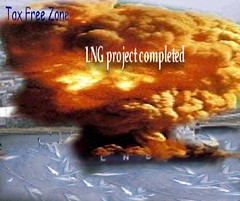I felt like a Politician listening to other people’s problems.
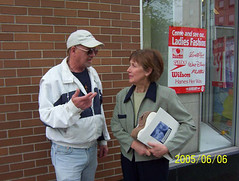
My God? There’s a lot of people hurting in this Province.
Hey? Did you see the good comment about the Irvings in this Blog? You can read it in the blog of what Irvings owns on the top left hand side of this blog.
Yes, the issue of Ritalin is once again in the front burner and all the thanks goes out to Bernard Richard.

I posted his presentation in this blog. You can read it below. Pretty interesting debate Bernard Richard and the Senators.
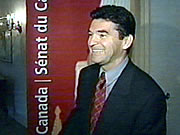
One of the Senators spoke out against Bernard for saying that the Senate has no influence in this Province.
Lets see what’s going to happen once the final verdict comes out of the Irving Monopoly of Newspapers.
You can read the transcript of the hearings at????
Tim Smith is wondering the reason that some people don’t join him in his fight against the issue of VLT’S just as in Nova Scotia.
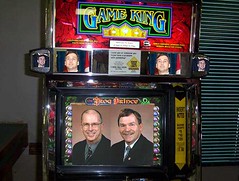
I told Tim Smith over and over! This is New Brunswick!!!! We are too passive on issues.
If we’re poor? People will or the bureaucrats will say- Hey? That person is poor so therefore just ignore their concerns. < I will get into great details about this issue in the next few weeks > Stay tune!
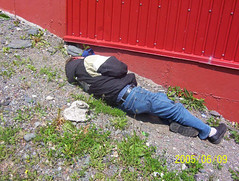
Look at the issue of Ritalin.
I bumped into Jane Barry a few weeks ago and I felt that time hasn’t change because I am still talking about the issue of Ritalin!
While a Minister in the Capital.

She has heard my concerns but unfortunately the Liberals were toss from power a few months afterwards.
Once Shawn Graham is elected Premier the issue of Ritalin will be studied.

So I guess that the drugging and the killing of our children will continue till the next provincial election will is stated for October 15th, 2007! Too bad so sad!!!!
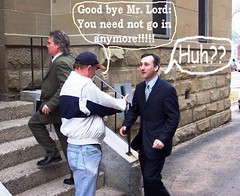
There’s a BIG difference between Saint John and Fredericton.
If you don’t have access to a vehicle and you’re poor? You are force to be located in one area of the City.
The Loyalist City is very spread out compare to the Capital where everything is handy!
Which brings me to one emotional question?
The Soup Kitchen Romero House is located in the South End.
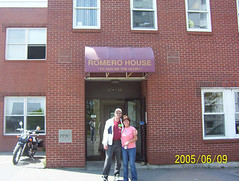
The majority of the poor goes to that much needy place.
I wonder how the poor in the other parts of the City manage?
I know we don’t have the money but I believe there should be a Soup Kitchen in every area in the City.
EAST, WEST AND NORTH!
I do realized this will never happen! Remember when I wrote a letter asking the readers to drop over some spoons at the Fredericton Soup Kitchen.
By the way? They are still in need for spoons and if you have plastic ones?
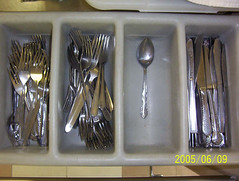
That would be fine. Romero House seem to have the same problem with Spoons.
Take a look at this picture??? Yes, the drug problem is much wrost in the Loyalist City than the Capital!
I wish that the Lord Government would take the prescription drug problem in this Province in a serious manner!
If Romero House or the the Fredericton Soup Kitchen wasn’t around?
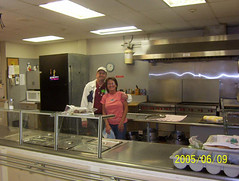
My God? It would be terrible! Do you have a heart? I’m sure you do?
Drop over some spoons at these needy places.
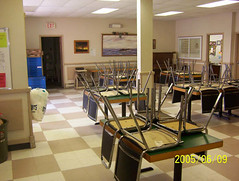
They sure can use them!
I’m not certain if Romero House really needs them.
Maybe they have some spare ones but who know? Give them a call to find out!
I know for a certain fact that the Fredericton Soup is in need of spoons!
Plastic or metal ones!
Well? I’m glad to announce there won’t be much bloglling during the next few days because I’m suppose to be in Memramcook for the 50th anniversary of my uncle Al and Theresa.
Can you imagine being married for 50 years!
He’s the guy that I wrote about a few months ago. Here’s their picture.
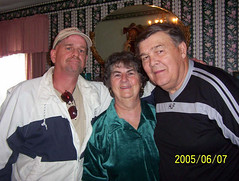
Maybe Tim Smith will blog a few this weekend? Who knows?
Hey? Don’t forget to share this blog with all your friends on your email list!
Word of mouth id very important and this is what keeps this blog going!!!
Ok….Please excuse the style and grammar of this update because I just write the darn thing and send it along the information Highway! Bye bye…..
